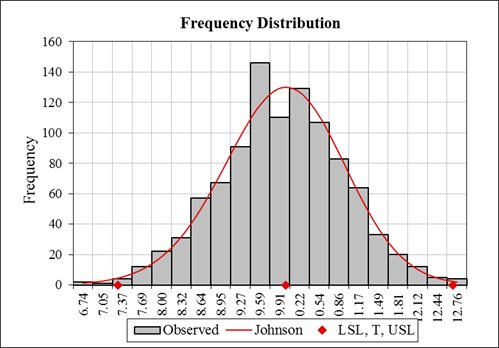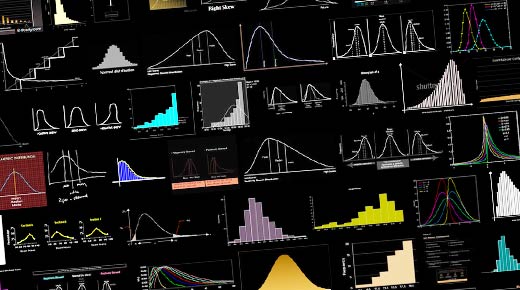In a similar vein to Donald Wheeler’s excellent article on process capability confusion I would like to submit the following example of thinking that you are doing the math right and getting an answer that can get you into real trouble.
|
ADVERTISEMENT |
Consider the following capability assessment problem. The process is stable based on the control chart, the observations are approximately normally distributed, and the mean is roughly in the middle of the tolerance. Everything conforms to the assumptions required for validating the use of the traditional process capability formula for the indices Cp and Cpk. Hence the practitioner should feel pretty good about the validity of their process capability estimates (see figure 1).

Figure 1: An approximately normal distribution
…

Comments
Look for causes
Rather than pulling a graph out of thin air and claiming special (read - expensive) computations are required "just in case", first ask what is the process and why is it skewed. For example, time based processes, such as response rate in a call centre, commonly show such a distribution. The reason data is skewed is because there is a physical limit on how fast reaction times can be. There is little chance of people "accidentally" becoming Superman.It is no accident that Dr Wheeler usually quotes real life examples in his many brilliant papers.
Add new comment